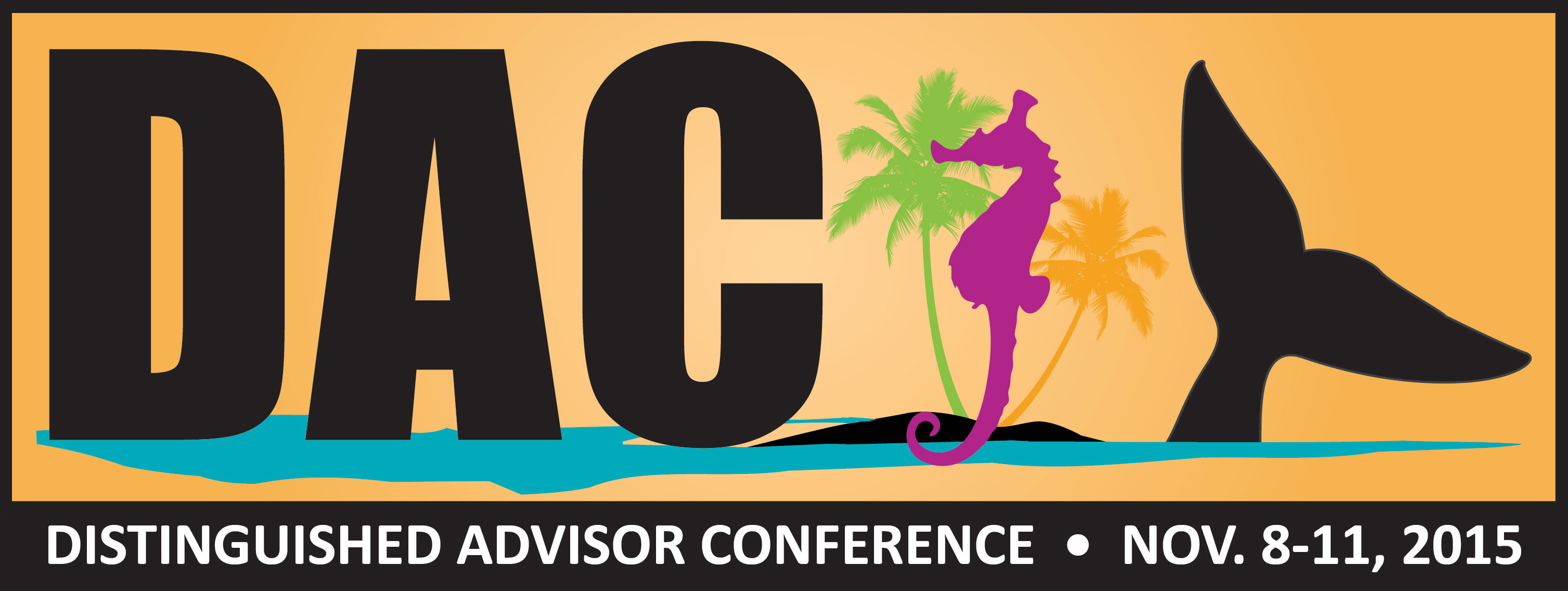Last updated: June 16 2015
Closing the Wealth Inequality Gap: Seven Key Questions

The old adage says that “money can’t buy happiness.” This is now statistically true.
In an article published June 2, 2015, by the OECD, “The Recipe for a Better Life,” reveals that people around the world are increasingly finding their happiness and quality of life in things other than money. Still, income and wealth remain key factors, among others, in anyone’s overall quality of life.
The OECD article goes on to say, “In terms of income, an admittedly limited indicator of ‘Prosperity,’ the United States comes out on top with the highest household disposable income and financial wealth, although that is not distributed equally among the population.”
A recent report from the Broadbent Institute, entitled Haves and Have-Nots (September 2014), reveals a similar problem in Canada: profound and troubling financial inequality. But a deeper look at the numbers reveals that an inter-generational approach may be required to understand the issue fully, and to determine potential remedies.
The Broadbent Institute report was prepared from customized Statistics Canada data in the Survey of Financial Security, which analyzed the net worth of Canadians for the 2012 year. The conclusions drawn on wealth inequality raise some big issues and significant policy questions for Canadians.
Age, for example, is a key factor. When it comes to single people, “non-seniors” had the lowest net worth ($22,700); unattached seniors fared much better ($246,000). “In general, older means richer in Canada,” says Evelyn Jacks, president of Knowledge Bureau, “and it would appear that an important gift society could provide young Canadians is the gift of financial literacy.” Jacks was a member of the Federal Task Force on Financial Literacy, which offered 30 recommendations to the cause.
The Survey of Financial Security noted that the median net worth was “highest for family units where the person with the highest income was 55 to 64 years old ($533,600) in 2012. Senior families had the highest median net worth overall ($650,400). This was almost three times higher than for family units where the highest income recipient was 35 to 44 ($182,500). Lone-parent families had the lowest median net worth in 2012 ($37,000).” Owning real estate is a key factor in wealth creation, with rising house prices driving recent increases in net worth.
The survey also notes, however, that where the highest income recipient was 65 or older, median net worth was diminished ($460,700). This is because seniors start to draw on their assets as they transition from the workforce, depleting their wealth.
One obvious solution to future wealth inequality is to raise taxes on both income and capital, but for whom? Given that today’s wealthiest demographic are seniors, and their wealth diminishes as they draw on it in retirement, over-taxation here could affect self-reliance.
Desired outcomes of any taxation policy changes made to address income and wealth inequality will require careful consideration. Seven key questions arise from this:
1. Home Ownership. As home ownership is a significant factor in wealth creation, what can be done to put lower income families on the path to owning their own homes?
2. Tax on Wealthy Seniors. With seniors at the top of the wealth scale, is it appropriate that increasing taxes on their wealth accumulations be targeted at the start of their retirement?
3. Estate Taxation. Should estates be taxed more significantly instead, before being passed down to heirs?
4. Savings vs. Spending. Should taxation policy encourage Canadians to save more (as in the April 21 federal budget, which increased Tax Free Savings Account, or TFSA, contribution maximums)?
5. Debt Management. Should tax and financial advisors be assisted in helping younger families understand the importance of saving and debt management in securing financial futures with a tax credit for their fees?
6. Education and Wealth. Should young people be incentivized to stay in school to get better education, and higher salaries to accumulate more assets, including affordable housing?
7. Effectiveness of Tax Credits. Why is existing redistribution of income through refundable tax credits and other social benefits not making more of a difference in helping the low-income, sole-parent family to prepare for the future?
Advisor Alert: Because net worth is so closely linked to age and the ability to acquire a major asset such as a house, it’s important to take a multi-generational approach to wealth planning with your clients. For example, encourage younger clients to get an early start on saving and debt reduction so they can participate in the real estate market and build the wealth they’ll need later in life; and work with older clients to show how they can earn income from their portfolio if they become sick or retire.
Client Alert: Owning a home is a key factor in building wealth in Canada. Even more fundamental, acquiring enough education to earn a good salary will help you to avoid paying rent and enable you to start building real estate and other assets. Boosting your financial education, on your own or in conjunction with an advisor, can give you even more of a headstart on your journey to building wealth.

